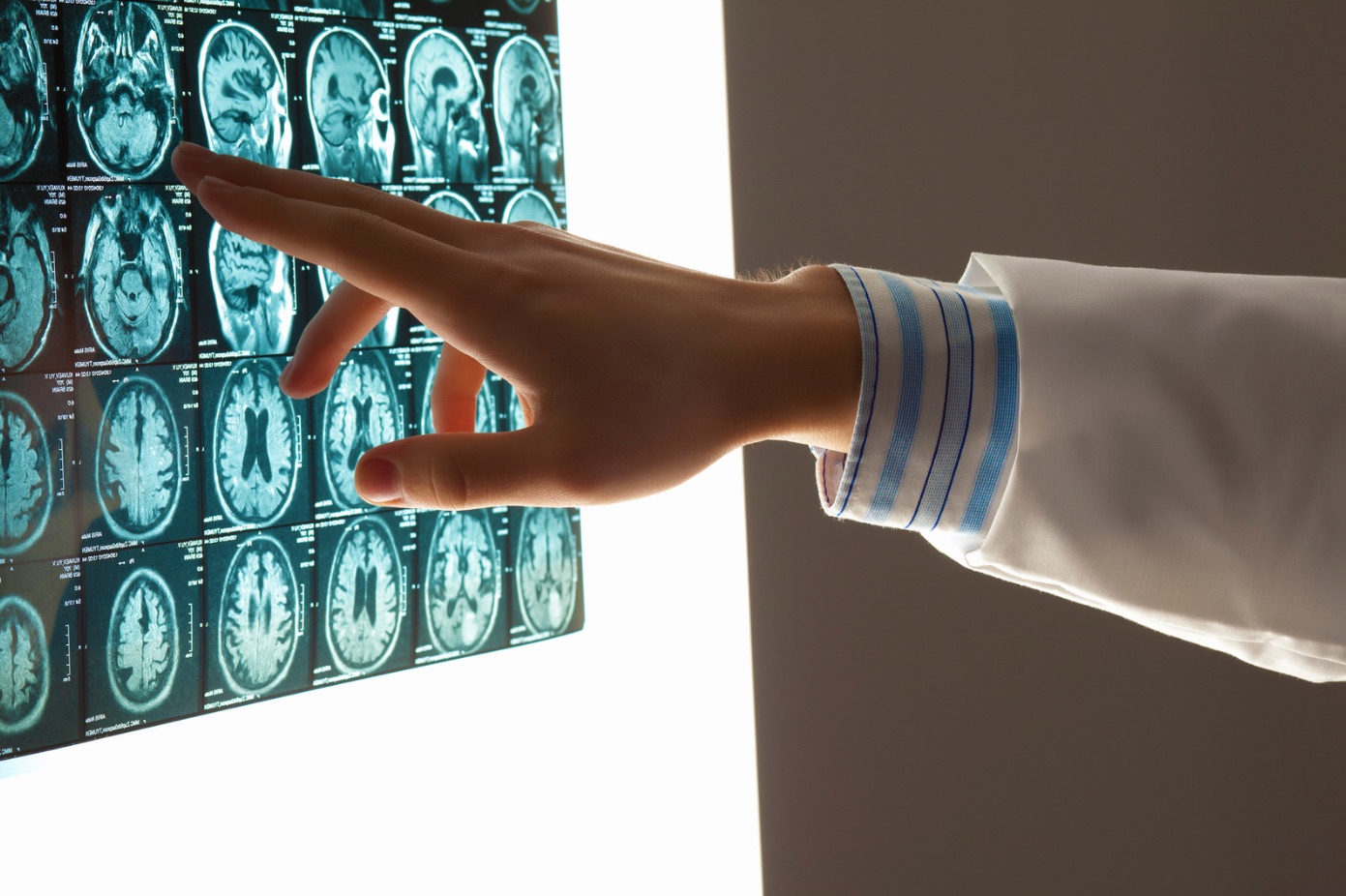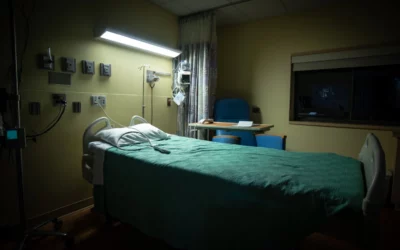How do I treat a brain injury after an auto accident?
Many people who suffer traumatic brain injuries (TBIs) will wonder what might be involved in their personal recovery plans and how treatment really works for a TBI victim. Any person dealing with a TBI that was the result of another party’s negligence will want to immediately contact a Murray personal injury lawyer for assistance with all legal elements necessary to filing an injury claim but also help in obtaining the exact level of care that will be required for the best possible injury recovery.
The Mayo Clinic, the United States Department of Health and Human Services, and the Cleveland Clinic all already have good online resources relating to treatment options for TBI victims, and much of their recommendations will be reflected here. TBI treatments always vary depending on the extent of a TBI, so a mild TBI injury requires many different efforts than a person dealing with a severe TBI.
types of treatment
According to the Centers for Disease Control and Prevention (CDC), there were about 223,135 TBI-related hospitalizations in 2019 and 64,362 TBI-related deaths in 2020. Men were nearly twice as likely to be hospitalized and three times more likely to die from TBIs than women.
The CDC also reports that motor vehicle crashes remain a significant contributor to TBI-related deaths among men and non-Hispanic people. The most common mechanisms of injury for TBI-related deaths were motor vehicle crashes and homicide. Unintentional motor vehicle crashes accounted for approximately 17 percent of all TBI-related deaths. This is with average annual rates of TBI-related deaths attributable to unintentional motor vehicle crashes being highest among individuals 15–24 years of age and 25–34 years of age.
With a mild TBI, commonly referred to as a concussion, the general recovery requirement is usually just simple rest. A person should not refrain entirely from all mental and physical activities, but they may need a doctor’s permission to engage in certain recreational activities.
Emergency TBI cases can involve many different kinds of treatment, depending on the extent of the injury. In addition to ensuring a brain gets enough oxygen, blood and brain pressure are controlled, and further injury to the head or neck is prevented, surgery may be necessary, in cases in which skull fractures need to be repaired, blood clots or hematomas may need to be removed, bleeding in the brain may need to be stopped, windows may need to be created in the skull, or pressure may need to be relieved.
Certain TBI victims may be prescribed a variety of medications, which can include:
- Anti-anxiety medication to deal with feelings of nervousness or fear
- Anticoagulants that can prevent blood clots and improve blood flow
- Anticonvulsants that may prevent seizures
- Antidepressants that can treat symptoms of depression or mood instability
- Anti-seizure drugs for people who are having seizures during the first week after their TBI
- Coma-inducing drugs in cases in which brains need less oxygen
- Diuretics for pressure reduction in the brain
- Muscle relaxants that reduce muscle spasms and relax constricted muscles
- Stimulants that increase alertness and attention
For all TGI grades, treatments can include various options, such as counseling, which can provide emotional support for individuals dealing with stress and concerns about their recovery. Most people will also require significant periods of rest and a need to avoid certain regular activities.
Rehabilitation Following a TBI
Rehabilitation (more commonly known as just rehab) can be a very rewarding experience for many TBI victims, and it can frequently involve many different kinds of therapy. Examples may include physical therapy, occupational therapy, speech therapy, psychological counseling, vocational counseling, and cognitive therapy.
The Brain Injury Association of America (BIAA) states that there are five common rehabilitation options: acute rehabilitation, post-acute rehabilitation, sub-acute rehabilitation, day treatment, and outpatient therapy. As BIAA notes, rehab involves learning new ways for people to compensate for abilities that may have permanently changed because of TBI, and the focus of rehabilitation is to enable people to independently perform their activities of daily living (ADLs) safely so they can move on to other kinds of rehabilitation or transition back to their home.
Rehab may help people improve their abilities to function at home and in their communities, deal with mental and physical issues caused by TBIs, offer social and emotional support, and help people adapt to changes they encounter during their recoveries. Rehab requires proper planning because certain people with TBI will need to ensure that their recovery plans do risk aggravating other injuries or conditions.
Most people arrange rehab programs that may involve multiple healthcare providers, but a case coordinator will oversee every aspect of the program. Rehab can involve treatment in a variety of settings, including inpatient and outpatient rehab hospitals, home-based rehab centers, comprehensive day programs, and independent living centers.
Individual programs can have physical therapy, physical medicine, occupational therapy, psychiatric care, psychological care, speech and language therapy, and social support functions. The duration of a rehab program again depends on the extent of the TBI, as mild TBIs may only require people to develop the ability to return to normal function, while other people with severe TBIs will essentially need lifetime care.
Additional Programs
Some of the community-based treatment options BIAA recommended include Home Health Services with certain hospitals or rehabilitation companies providing rehabilitation therapies within the home for people with TBIs, community re-entry programs that focus on developing higher level motor, social, and cognitive skills to prepare people with TBIs to return to independent living and potentially work again, and independent living programs that provide housing for people with TBIs with the goal of regaining the ability to live as independently as possible.
TBI victims can have multiple other treatment options available to them in their daily life. There are numerous TBI support groups all over the United States, and these groups allow people with TBIs to meet one another and become closer friends.
People with TBIs should begin making better efforts to write down more of their thoughts and make a note of important events. When they can establish regular routines, it will make it easier for them to determine appropriate times to take necessary breaks.
When TBI victims return to work, they may have to adjust to new expectations that have been changed in accordance with their injury treatment. It will be important for TBI victims to maintain their focus on whatever challenge they currently have before them.
The Real Prognosis
The unfortunate truth for many TBI victims is that there never is any return to normal. People dealing with TBIs can rarely just go back to things as they once were because life now involves various kinds of new challenges.
The good news is that most people with mild to moderate TBIs can regain all of their brain function, but people with severe TBIs can have much more varied recovery outcomes depending on the specific location of their injury, how severe the damage was, and how long they were in a coma. Many TBI victims can return to living in private homes, drive again, and even return to work.
Many TBI victims will still need to deal with some constant kinds of problems. Physical issues might include people with TBI being unable to walk or use their hands six to 12 months after their injuries, which can reduce coordination or produce weakness and problems with balance.
Cognitive or thinking problems might manifest when people with TBIs are unable to pay attention, concentrate, or remember new information, think or speak slowly, become confused more easily, experience speech or language problems, and encounter trouble with complex cognitive activities involving executive function. Emotional or behavioral problems can arise when there is damage to brain tissue in the frontal lobe. Cognitive problems make emotional changes worse, and there can be strong emotional reactions to major life changes.
A study in the American Medical Association medical journal JAMA Neurology examined how functional outcomes changed from the acute to chronic phases of recovery after moderate to severe TBI, and the study of 484 participants with moderate to severe TBI found that by 12 months post-injury, approximately half of those with severe TBI and three-quarters of those with moderate TBI recovered the ability to function independently at home for at least eight hours a day. Among people in vegetative states at two weeks, 77 percent recovered consciousness, and 25 percent regained orientation by 12 months.
Call us today
If you or your loved one suffer a TBI in a car accident caused by another party’s negligence in Utah, do not wait another moment to get yourself legal assistance. Gosdis Law can discuss all of your recovery options with you and ensure that you are receiving the best possible medical care for the treatment of your injury.
Our firm understands how drastically a TBI can change the life of an average person, and we work tirelessly to help people prove to courts of law how their injuries are affecting them so we can obtain as much compensation as possible in your case. You may call (385) 429-9960 or contact us online to arrange a free consultation with our Murray personal injury lawyer.




